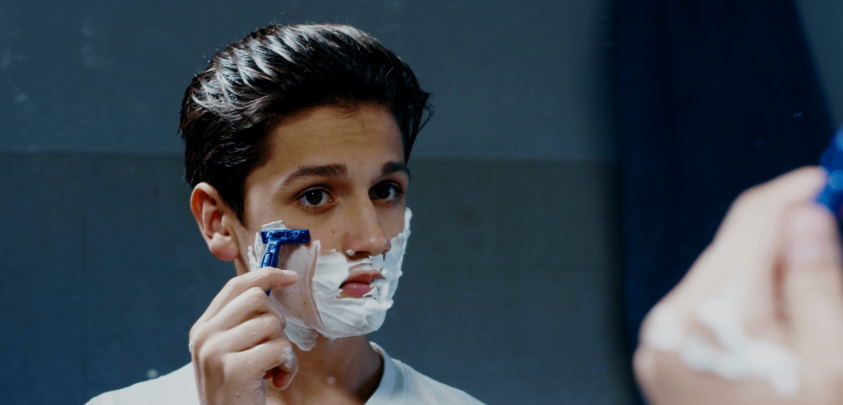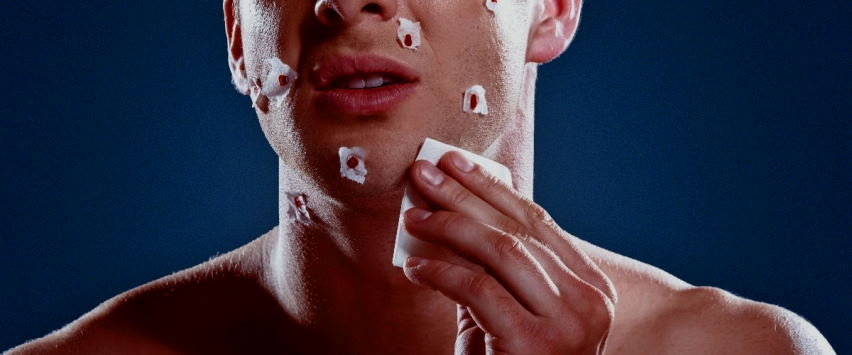
No one knows when the time is right for a man to shave his beard for the first time. Is it after a certain age? When the hair on your head starts to thin? Or maybe when you work in an office, your co-workers start giving you strange looks? While there’s no perfect answer, we’ve put together a handy checklist to help make the decision a little easier.
How to check if you’re ready to shave?
The question of when to shave for the first time is quite tricky. Of course, it would help if you waited until your beard had grown out to get your first shave or started shaving at the first sign of it – something that men have been arguing about for centuries. But, the truth is, it depends on how much genetic information about yourself was passed down from generation to generation when determining if this tradition will be continued into future generations-and, there’s no clear answer as well because everyone looks different.
Machine tools are dangerous if used before the age of 13. The skin becomes sensitive at this time, and shaving can cause severe irritation, damaging it over an extended period if not appropriately treated with moisturizers or other products designed for your specific needs. For example, as outlined by a doctor’s prescription bottle filled up on prescriptions written just right.
Shaving a teenager is not as easy or convenient of an experience. The skin becomes ready for this process closer to 17-18 years old, at which point you don’t have to shave every day because Nature took care of your young man’s face by giving it time during unusual procedures that often cause trauma. Once weekly should be enough but twice per foam is better.
The steps to shaving for the first time
Wash Your Face
The best way to achieve a close shave is to use the right tools for your face. If you live in an area with high humidity, dry shaving may be enough. If not, don’t try! Facial hair needs moisture, so make sure to use either hot water or regular soap with plenty of additives when doing this process before applying good shaving cream. It will soften the hair and open up the pores. Rinse thoroughly and dry.
Apply Shaving Gel or Cream
It’s time to prep your skin for shaving by applying shaving gel or lather, ensuring you have a good lather. Shaving gels are usually dye-free, so they’re great if you have sensitive skin and want your first shave without irritation.
Apply warm shaving cream to moisturize your hair and reduce friction. Use your fingers to rub it into your beard in a circular motion. Leave on for a few minutes before shaving.

Start Shaving
Use the razor carefully to get a smooth shaving experience without any nicks or cuts that will leave your skin red and sensitive afterward. Begin by taking light strokes down from higher points on your face, such as around the eyes area, with no pressure until you learn how much force is enough for different textures not to cause discomfort but still remove all hairs efficiently, less risk of ingrown hair. Then, rinse the razor frequently to remove any hair or shaving cream build-up.
Rinse Your Face
After you’re done shaving, it’s time to rinse your face with cold water to close the pores and soothe the skin. Wash your face and neck several times to remove any remaining shaving cream altogether. Finally, use a clean towel to pat your face dry.
Apply Aftershave
Moisturize your face and neck to soothe and hydrate your skin. To avoid razor burn or irritation, apply aftershave balm or lotion to your face. It will calm the skin and keep it hydrated. Choose an aftershave that’s alcohol-free to avoid any further irritation.
Tips for avoiding razor burn, bumps, and ingrown hairs
If you want to avoid razor burn, bumps, and ingrown hairs, there are a few things you can do:
- Use a sharp razor. A dull razor is more likely to irritate.
- Don’t shave too often. Shaving every day can irritate the skin.
- Don’t shave against the grain. Shaving against the grain can cause razor burn.
- Use a shaving gel or cream. It will reduce friction.
- Moisturize your skin. It will prevent irritation.
Choosing the right shaving products
The type of shaving products you use is also essential. Here are a few things to keep in mind:
- Choose a shaving gel or cream designed for your skin type. If you have sensitive skin, look for a gel or cream that is hypoallergenic.
- If you are prone to razor burn, bumps, or ingrown hairs, look for a gel or cream that contains aloe vera or other soothing ingredients.
- Choose a razor that is designed for your skin type. If you have sensitive skin, look for a razor with fewer blades.
Post-shave care tips
Use sunblock
Be sure to apply sunscreen after shaving, especially if you’re out in the sun for an extended period. While sensitive skin is made even more delicate by direct exposure to our harsh light, using a razor can damage a freshly shaved face by cutting through its natural oils and causing inflammation.
Stay hydrated
Drinking plenty of water is crucial for keeping your skin healthy, but it’s vital after shaving. Shaving removes the top layer of skin, which can lead to dryness and irritation. Drinking plenty of water will help to keep your skin hydrated and prevent these problems.
Avoid irritants
Several things can irritate freshly shaved skin, so avoiding them is essential. These include hot water, harsh soap, alcohol, and fragrances. If you’re using an aftershave, be sure to choose one that is alcohol-free. And if you’re using a scented body lotion or perfume, apply it sparingly to avoid irritation.
Firsttime shaving is a necessary evil for many of us. But with a little care and attention, it doesn’t have to be painful or damaging. By following these tips, you can avoid skin problems and ingrown hairs. And your skin will thank you for it!

